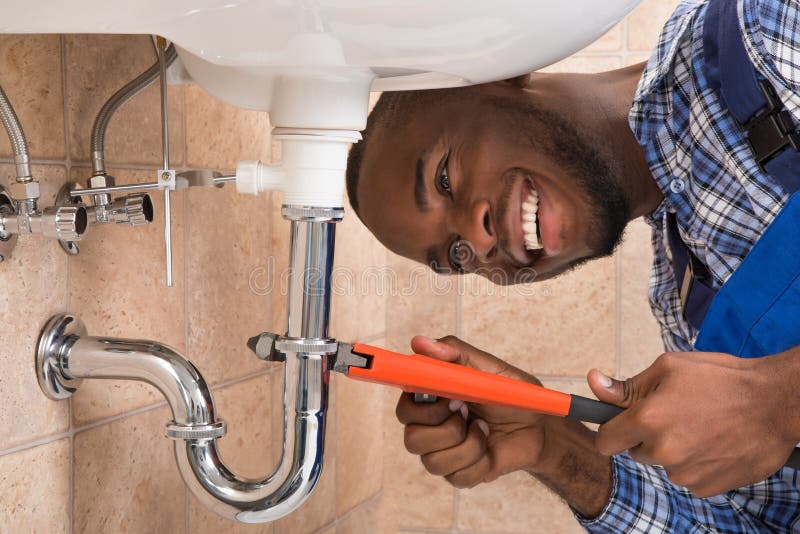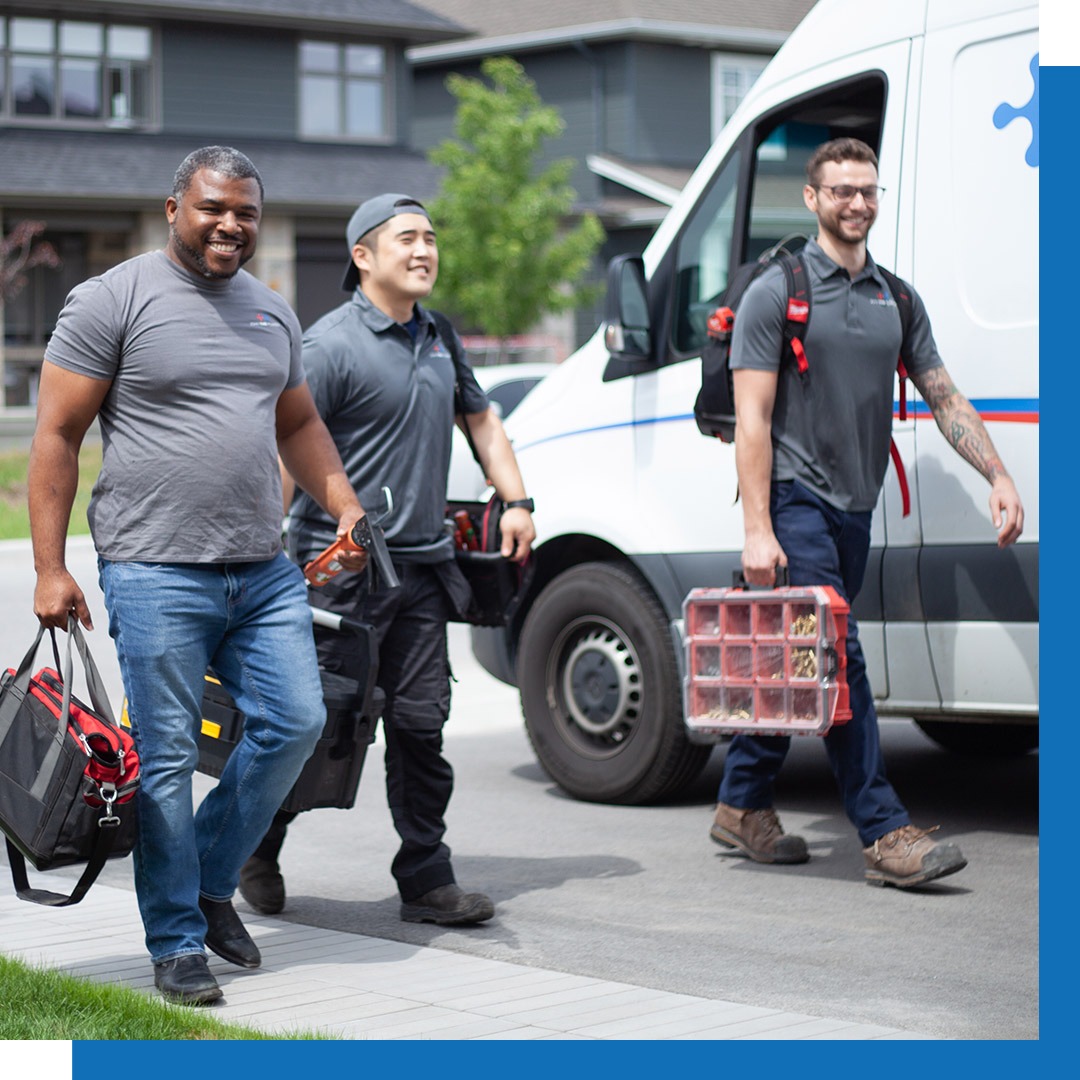A Step-by-Step Overview to Effective Water Heating Unit Installation for Ideal Efficiency
Embarking on the task of installing a water heating system is an endeavor that requires accuracy and an organized technique for achieving ideal efficiency. As you proceed, the intricacies of connecting water supply lines and establishing up reliable electrical or gas connections await, appealing understandings right into making certain effectiveness and dependability.
Picking the Right Water Heating System

Next, think about the size and capacity of the hot water heater. It's vital to analyze your house's warm water requirements, which can vary based upon the number of passengers and their use patterns. A system that's too small may result in not enough warm water, while an extra-large version may cause unneeded power intake.
Efficiency rankings additionally play a critical role in option. Search for water heaters with high Energy Aspect (EF) ratings, suggesting superior performance and decreased power use. Tankless versions, though usually much more expensive in advance, deal significant power financial savings with time because of their on-demand heating abilities.
Preparing the Setup Location
Prior to installing a brand-new water heating unit, careful prep work of the installation area is vital. It's critical to gauge the room carefully to fit the water heating unit's measurements, making certain ample clearance around the system for reliable operation and maintenance.
Check the floor for stability, as the water heating system will certainly require a strong, degree surface to operate successfully. If essential, set up a drip pan below the unit to catch potential leakages or spills, avoiding water damages to the surrounding location.
Additionally, make sure that all necessary tools and materials are on hand before starting the setup. This consists of things such as wrenches, screwdrivers, a degree, and any added equipment needed for securing the heater and mounting. A well-prepared installment location establishes the structure for a successful hot water heater arrangement, optimizing performance and safety.
Connecting Water Lines
When connecting water lines to your newly mounted water heating system, it is vital to guarantee that all links are leak-free and secure to maintain efficient operation and avoid water damages. Begin by determining the chilly and hot water supply lines. The chilly water inlet is normally noted with a blue label or a "C", while the warm water electrical outlet is marked with a red label or an "H".
Usage flexible hot water heater adapters to assist in a less complicated installment process. These adapters can take in resonance and allow for slight movement, lowering the risk of leakages. Prior to attaching the ports, place a plumbing technician's tape around the threaded ends of the water heater's inlet and electrical outlet pipes - Plumbing Alabaster AL. This tape acts as a sealant, avoiding leakages. Thoroughly connect the versatile hose pipes to the respective inlet and outlet, guaranteeing that they are tight however not over-tightened, which might damage the strings.
Once links are in place, gradually activate the main water valve. Evaluate each connection for leakages by visually feeling and examining for moisture. Tighten up connections as essential, and make sure the pressure relief valve is properly set up, securing versus excessive stress build-up.
Establishing Up Electric or Gas Links
Correctly establishing the electrical or gas links for your hot water heater is a critical step to ensure reliable and risk-free operation. For electrical hot water heater, i thought about this start by additional info validating that the electrical circuit works with the heater's voltage and amperage requirements. Make sure the power supply is shut off at the breaker to protect against mishaps. Attach the electric wires to the heater following the supplier's wiring layout. Generally, this includes connecting the ground cord to the environment-friendly terminal, and the staying cables to their matching terminals, securing each with cable nuts.
For gas water heaters, security is critical. Link the gas line to the water heating system using an adaptable gas connector, guaranteeing it is appropriately threaded and sealed with pipe joint compound or Teflon tape appropriate for gas links.
When connections are made, inspect for any possible leaks. For gas lines, use a soapy water option to the joints; bubbles indicate a leak. For electrical connections, confirm that all wiring is safe and properly insulated, keeping conformity with regional electrical codes.
Changing and testing for Efficiency
With the electric and gas connections safely in position, the following step is examining the operational performance of your water heating unit. Begin by thoroughly activating the water supply and guaranteeing there are no leaks at any one of the valves or joints. As soon as confirmed, proceed to fill the container, paying focus to the pressure and temperature setups. It is recommended to set the thermostat to a recommended temperature level of around 120 ° F(49 ° C) to balance power performance and convenience.
Next, execute a comprehensive assessment to make certain the home heating aspects or gas heaters are working properly. For electric heating systems, make use of a multimeter to confirm if the components are drawing the proper current. In gas designs, observe the burner fire; it ought to be consistent and blue, showing efficient combustion.
Change the settings as necessary to get rid of inadequacies. Think about carrying out insulation steps, such as adding a hot water heater covering, to better improve performance by minimizing warmth loss. Furthermore, inspect the anode pole's problem, as a scrubby pole can lower efficiency and bring about storage tank deterioration.
Final Thought
Reliable water heating system setup is critical for making sure optimal performance and energy savings. Firmly connecting water supply lines and carefully setting up electric or gas links lessen prospective issues.

Appropriately establishing up the electrical or gas links for your water heating unit is a crucial step to guarantee risk-free and reliable operation. For electrical water heaters, start by validating that the electrical circuit is compatible with the heater's voltage and amperage requirements. Connect the gas line to the water heater using a versatile gas adapter, guaranteeing it is properly threaded and secured with pipeline joint substance or Teflon tape ideal for gas links.